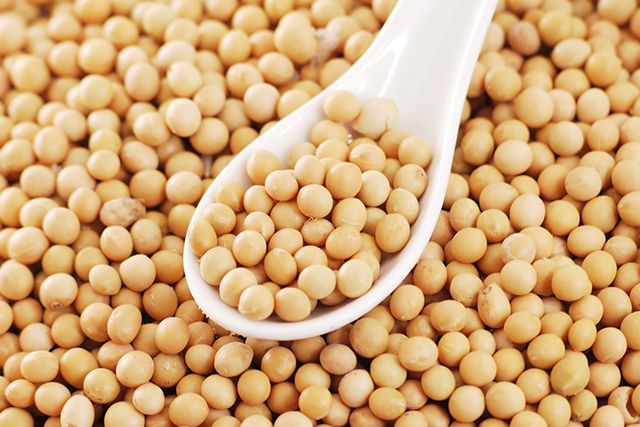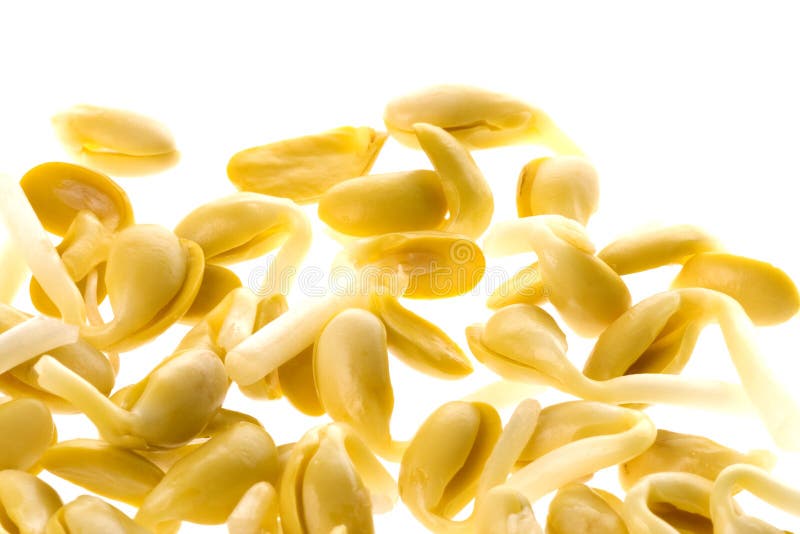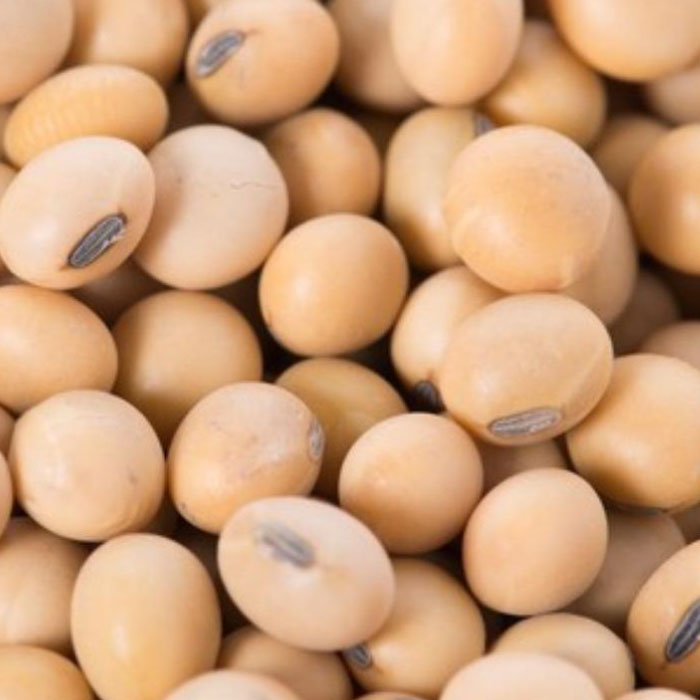

This resulting meal is called high protein meal. If the hulls are not added back, the defatted soybean meal contains 48% crude protein and no more than 1.5% oil. The soybeans may be dehulled prior to extraction, and the hulls may be added back at the end of the process. The extracted flakes called spent flakes are further dried to eliminate the solvent, then toasted and ground.

The extraction is done by percolation of solvent through a bed of flakes (expanded or not): the lipid material is solubilised with the solvent, the mixture percolates and is collected separately. The use of the expander reduces the quantity of solvent required.

This makes oil extraction by solvent easier (usually hexane but extraction with ethanol or with mixtures of hexane and ethanol are also possible) ( Dunford, 2012). The expander produce a porous pellet with increased cell rupture and greater density. In the solvent extraction process, soybeans are cracked, dehulled (optional), heated, flaked and passed (or not) through a kind of extruder called an expander. Dehulling also removes antinutritional factors. Dehullingĭehulling is a facultative process that separates the oil-rich kernel from hulls which represents 8% of the seed and are mainly fibrous containing limited amount of oil. Crushing and flakingĬrushing and flaking operations promote solvent extraction step by changing the permeability of the soybean flakes ( Dunford, 2012). Pre-extraction treatments CookingĬooking the seeds has positive effects on: moisture conditioning of seeds and easing dehulling, oil viscosity reduction, increasing plasticity of seed, breaking of cell walls, protein clotting by denaturation, sterilization and deactivation of thermosensitive enzymes, and destruction of thermolabile antinutritional factors (ANFs) ( Dunford, 2012 Laisney 1992). The third method combines extruding and expelling of soybean flakes, and uses solvent for oil extraction ( Johnson et al., 2018).īefore extraction, the soybean seeds undergoes differents treatments aimed at increasing oil extraction and soybean meal quality ( Johnson et al., 2018 Dunford, 2012).This method yields less oil and a soybean meal containing more than 5% residual oil. The second method consists in a mechanical extraction by a screw press (expeller).This method is the most efficient and about 1.5% oil is left in the resulting soybean meal. In the USA, virtually all soybeans (99%) are solvent-extracted. The most common process consists in extracting oil from soybean flakes by solvent.There are 3 main processes to extract soybean oil: In solvent-extracted soybean meals, the oil content is typically lower than 2% while it exceeds 3% in mechanically-extracted meals ( Cromwell, 2012). Other types of soybean meal include the hulls or part of the hulls and contain less than 47% protein and more than 6% crude fibre. High-protein types are obtained from dehulled seeds and contain 47-49% protein and 3% crude fibre (as fed basis). Soybean meal is usually classified for marketing by its crude protein content. Several processes exist, resulting in different products. Soybean meal is the by-product of the extraction of soybean oil. The expansion of aquaculture and prohibitions on the feed use of slaughterhouse by-products have also fueled the demand for this high-quality source of protein ( Steinfeld et al., 2006). While it has been an accepted part of livestock and poultry diets in the USA since the mid-1930s ( Lewis et al., 2001), soybean feed production took off in the mid-1970s and then accelerated in the early 1990s due to a growing demand from developing countries. Its feeding value is unsurpassed by any other plant protein source and it is the standard to which other protein sources are compared ( Cromwell, 1999). It represents two-thirds of the total world output of protein feedstuffs, including all other major oil meals and fish meal ( Oil World, 2015). Soybean meal is the most important protein source used to feed farm animals.


 0 kommentar(er)
0 kommentar(er)
